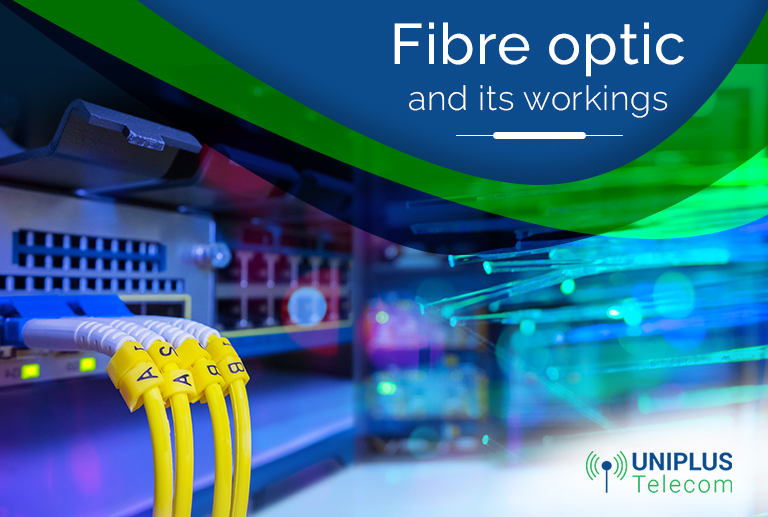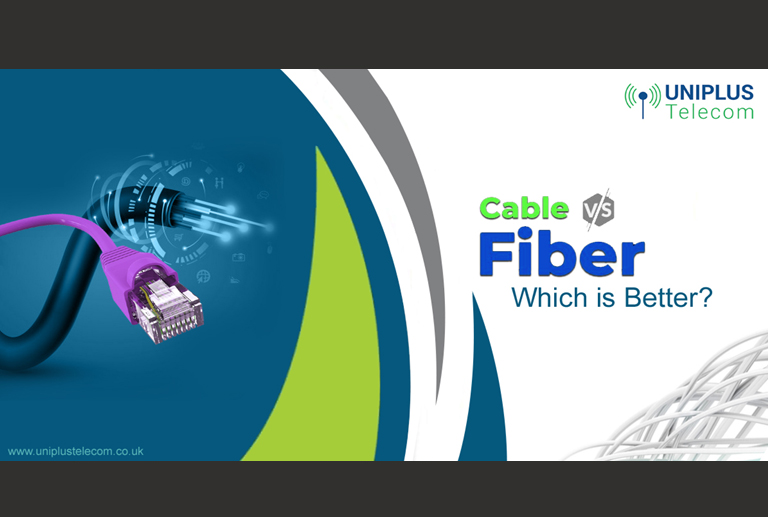Fibre optic, as the name suggests, is a structure used for the most efficient, secure, and fast travelling of information from one point to the other. The structure is made from fibre-optic cables which in turn are made from strands of very thin glass or plastic. A cable can have any number of strands between two and several thousand. The number of fibre optic strands decides the strength of the cable. The information is carried from one point to another via the optical technology which is basically a light-based process. So, if you are looking for a high quality fibre broadband connection and get one installed, then this optical technology will help you to access fast internet.
Getting The Basic Information – So, it is quite possible that you are interested to know about the ways in which fibre optic work. Understanding the details will give you a better idea about how your fibre broadband connection will work. The process is a complicated and intricate one but knowing about it will be quite interesting as well. The first thing you need to know is, the strands have the thickness of one-tenth of a human hair but that does not stop them from carrying a huge amount of information. For instance, one strand can carry up to 25,000 telephone calls (the metric is for the ease of understanding a measurement) which means, a cable can carry several million calls.
Understanding the inner workings – When the information is travelling through the fibre-optic cable the light bounces off the wall of the cable while moving. Each photon (the particle of light) bounces around and that may seem to look like a beam of light travelling through a glass pipe and then leaking around the edges. That is not the case though. You also need to know that, if light hits the glass at a shallow angle which is less than 42 degrees, it reflects back again, as if the glass has been a mirror. This is known as the total internal reflection and it is also the reason behind the light remaining within the cable.
How The Light Travels – Another point that keeps the light within the cable in the structure of the said item. A fibre optic cable is made of two separate parts. The main part, which is also the middle of the cable is known as the core and this is the where the light travels through. The other part is wrapped around the core. It is also made of glass and known as cladding. It is the job of this section to keep the light within the cable. The glass used for making the cladding has a lower refractive index. Hence, it is capable of keeping the light within the core.
Knowing The Different Kinds Of Fibre Optic Cables – There are different types of fibre optic cables and knowing about them will help you to get a better understanding of the subject. The types that you will encounter most are single-mode and multi-mode fibre optic cable. Apart from these, there is another type which is mainly used in the medical field and is known as gastroscope.
Single-Mode – The single-mode fibre is a thin-cored one with a diameter spanning anywhere between 5-10 microns. The signal in this kind of fibre moves straight down the middle and does not bounce off the edges. The broadband connection you are getting is through normally a single-mode fibre.
Multi-Mode – In the multi-mode fibre, the size of the cable is bigger than the single-mode variation. Due to this, the light can move through the core via different paths. This kind of fibre cables is used for creating and maintaining computer networks.
The third kind is used for medical purposes, namely for procedures like an endoscope.
The Reasons – There are multiple reasons due to which, fibre optic is now being used for different areas, including broadband connections. The reasons you need to know about are:
- Higher quality
- Faster speed
- Less attenuation
- No interference
- Higher bandwidth
Due to these, fibre optic has proven to be such an effective medium for communicating information. This is also one of the biggest reasons behind the high quality fibre broadband you get to enjoy. Knowing about the inner workings will help you to get a better grip on the subject and make informed decisions with ease.



